By the time Summer gets here, the birdsong eases off. Those trills and calls, looking
to entice a mate, have paid off. So now they ease back and relax, no longer needing
to impress. The wildlife changes emphasis.
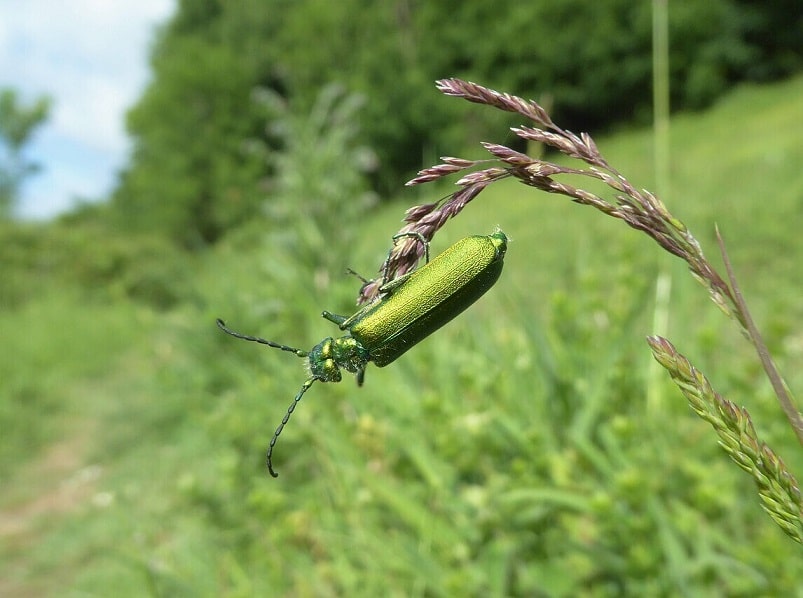
Summer, for me, is about the insects. The blazing summers we now get mean a lot of things keep low – the birds, the mammals, the snakes and lizards. Like us, these animals that have adapted to a cooler, northern climate are finding it hard to withstand the Sun at its fiercest. But the insects seem to be OK with it. Or, at least, coping better.
The North Downs are my home. I’ve spent many hours on the open hills and in the yew woods. They shape a good many life experiences. You see, I have this spot (we all have a ‘spot’, right?) where I have spent many hours. Often thinking. Often watching. Often doing nothing. It’s heathland, and the grass and wildflowers have been cropped by the rabbits, with a low chalk scarp right behind it.
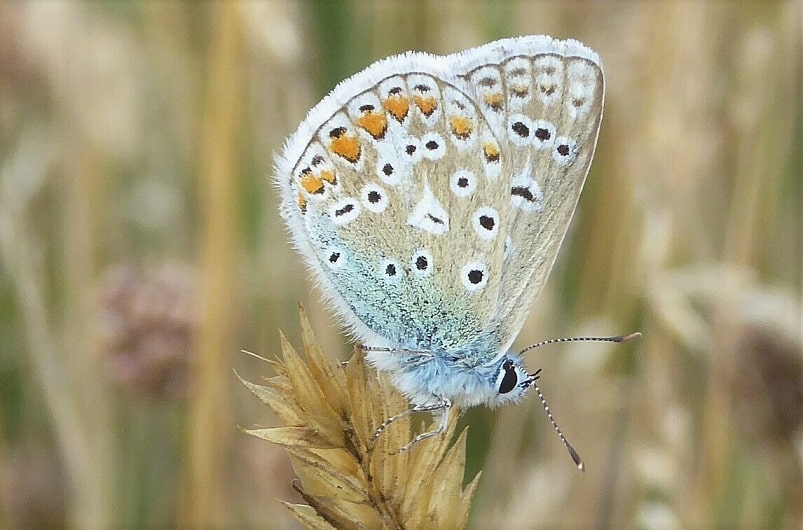
I have sat at that spot for reasons both fair and foul. When my grandmother died, this was the spot I went to. When my father was diagnosed with cancer, this was the spot I went to. When my best friend moved to Australia, this was the spot I went to. When a long-term relationship finally came to an end this was the spot I went to.
I have wallowed in my self-pity at this spot. I have sorted out the things that need to be sorted out.
What I have also done is survey and inspect every last square inch of this spot. This has been a therapy for me. This spot has been an enigmatic sphinx, but this sphinx has no riddle. The Celts had ‘thin’ places, so called because it was thought the division between the material and spiritual thins out.
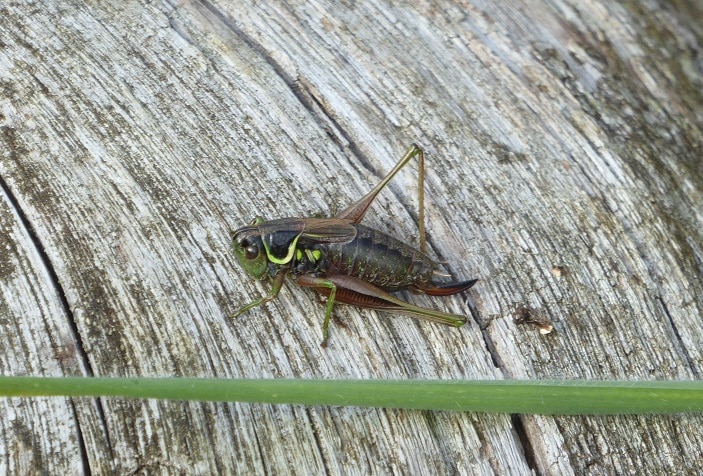
This is my thin place, where flesh and soul are held together by breath.
Let’s go for a walk.
I’m going to take you to my spot. Walking is not about wandering aimlessly; it’s about following a path, a thought, an idea. So I’m going to show you my spot and the paths that lead me there.
We start off halfway up the hill already. Don’t let that lull you – we are going to have to walk up and down it a couple of times to get to the destination we seek. It’s early Summer, and the warm weather migrants are here – if you look over to that fence, there’s a group of swallows taking a rest. Even they feel the heat that reflects off the soil making it hot and humid. The North Downs are flint, chalk, clay, and mud, and at this time of year, baked solid, just a pale scratch in the thin loam.
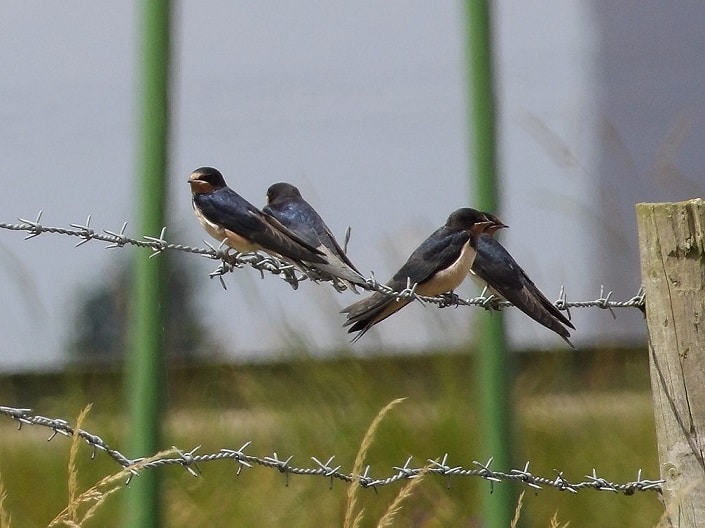
We’ll pass hikers on our walk. They are walking the North Downs Way, so need to cover the miles. This shouldn’t affect our walking though, we must walk at the right speed. There is no fast or slow walking – our walk should be at the right pace, and it will find itself just on the edge of slow, perhaps, but regular and in time with our needs. One that enables us to glide. In that respect, we’ll differ from the hikers.
Our route will take us to the top of the hill, circling around a sharp clump of hawthorn and wild roses. The sward is bright yellow – lady’s bedstraw and crosswort. In Spring, this area was rich in cowslips, but they have now passed, and all that remains are the de-flowered stems burnt by the Summer sun.
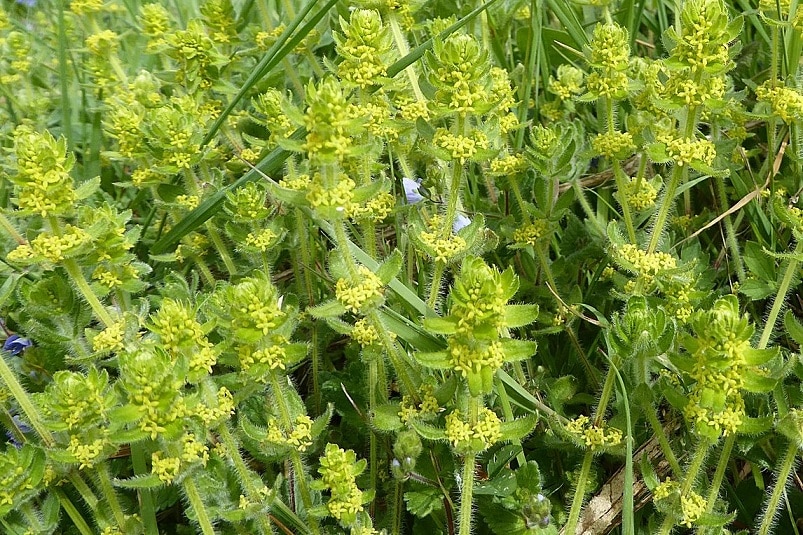
From on high, we now descend the hill. By mid-Summer, we’ll find lots of wild
marjoram – pink and purple clumps of small flowers. It can be dried as oregano or
picked and mixed with other nettle leaves (marjoram is a member of the nettle
family) to make a lovely wild brew. If the colour of early Summer is yellow, then mid-
Summer is blue and pink. The spears of Viper’s Bugloss are at their most tumescent
now – once used as a remedy for adder bites. And the Bugles are out as well, all
alive with insects crowding the stems and dense flower heads.
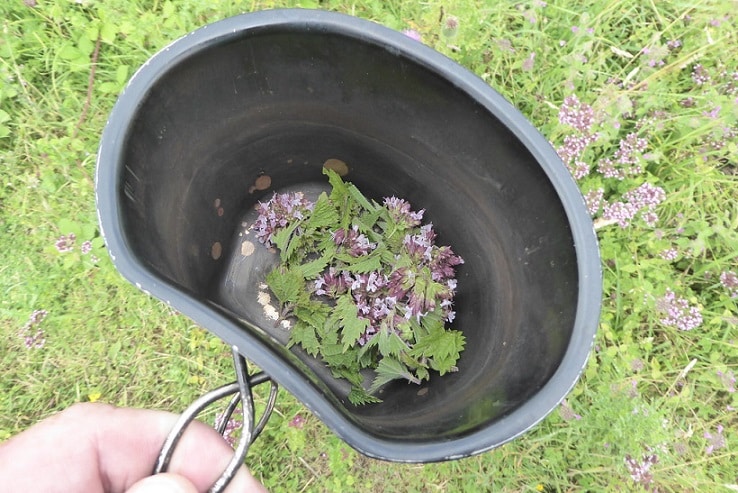
Down the hill we go. Lucky us that we are shielded on the Sun’s side by a fenced off Ash plantation, once used to feed pheasants (there’s still one or two rusty feeding bins tied to trees), but now offering shade from the mid-Summer sun.
Everything is now growing and is growing to the best of its ability. The continuous
heat of July squeezes out all that it can from the land – nectar, pollen, gluten. There
is also the relentless throb and hum of the insects; at times it sounds like one is
caught in a swarm. There will be itchy red lumps on arms and legs in a day or two’s
time, victims of the insect’s rabid feast.
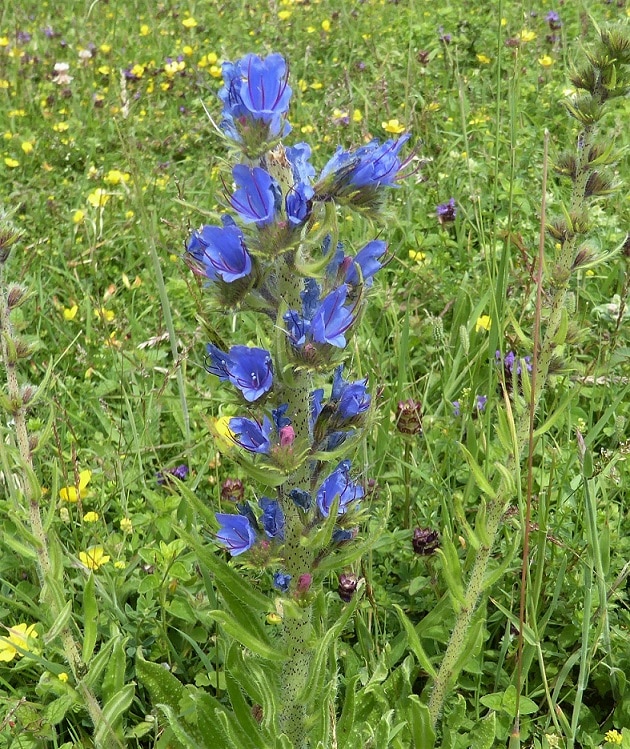
As we walk downhill, our feet will wade through the many orchids on the chalky ground – the pink pyramid orchids proliferate. Common flowers like dandelions, speedwell, buttercups, and daisies form a carpet, form a potentially vast daisy chain – a love charm for all ages or the means to test the entire nation’s preference for butter or not.
I have some rotten news for you – now we are at the bottom of one hill, and we have to walk to the top of another. I did say earlier that our starting point halfway up shouldn’t leave you complacent.
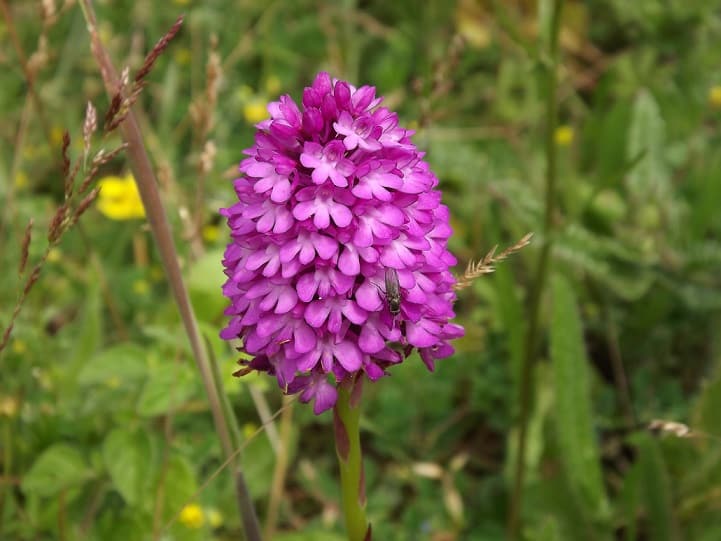
The walk up the hill follows a tear in the shallow grass, laying bare the white chalk beneath. It looks like a stretch mark on a pregnant belly, one that has given birth, and the life is all around to see. Here on the Downs, we get my favourite butterfly, the Marbled White. This butterfly has been steadily spreading north and is really a member of the brown butterfly family. But the wild grasslands of the southern UK is where you’ll see most of them. Another favourite of mine is the little scarlet pimpernel. It’s a tiny little flower with a deep purple and yellow centre. But its light red petals stand out well against the white chalk. You can seek them here and seek them there, those damned elusive pimpernels.
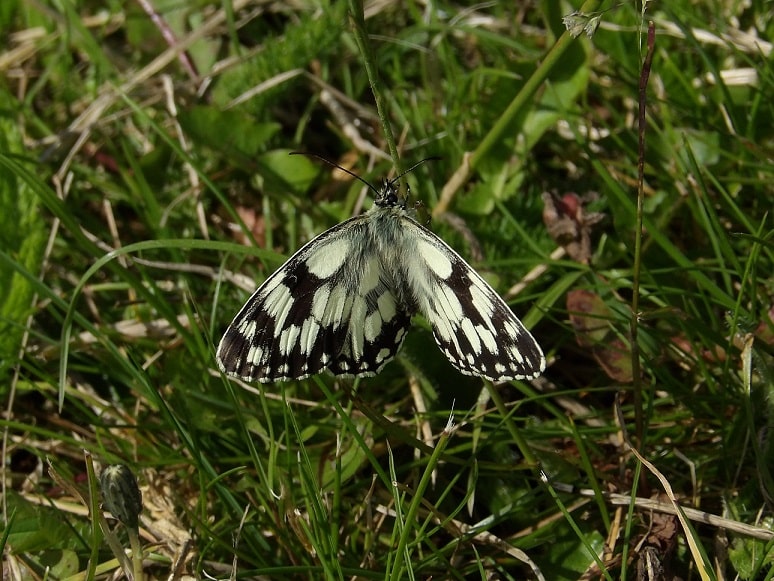
Nearly there now. Late Summer can be the best time for being up on the exposed hills. Most of the flowers we can see are now ones with white petals – like the bird songs going quiet after Spring, it seems the flowers also subdue now their purpose has been achieved – to lure the bees and other pollen collectors. They can settle down now. And we can settle down soon as well. All we need do is descend just halfway down this hill, and we’ll be there. The grass is also losing its energy.
Now late Summer is here, the grass we tread on stays flat, and goes brown. It’s changing.
There’s a transition taking place. We’ve gone from being inside to a walk in the great
outside. We’ve gone up and down the hills. The flowers have changed – from
yellows, pinks to whites. It’s all steadily inverting.
Maybe that’s what will happen when we get to our destination, maybe that transition will also take place in ourselves. We will feel tired and exhausted. Our thighs will certainly ache, and our backs are sweating beneath the packs we wear. The views have changed, the outlook has changed.
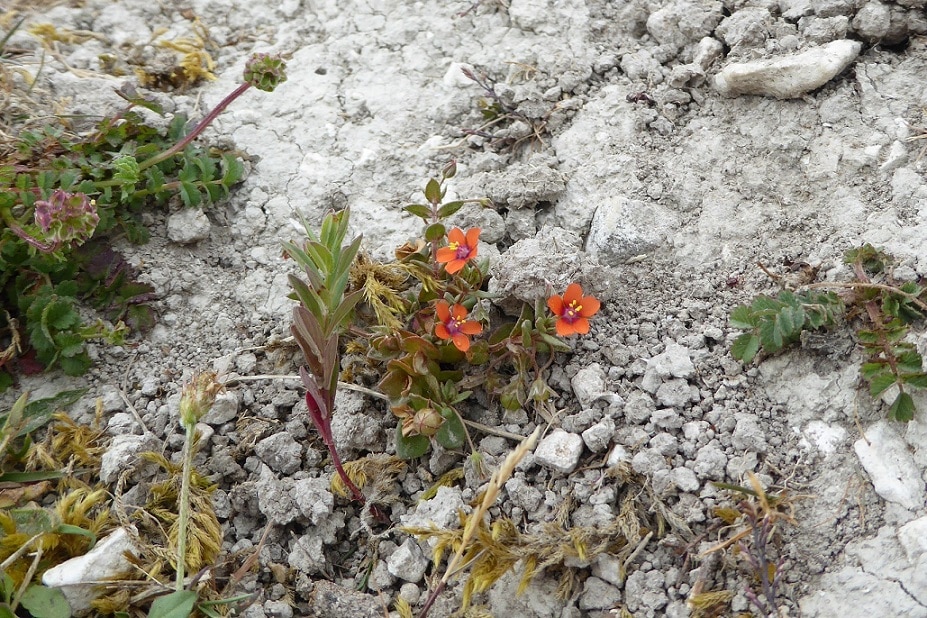
Then we reach our destination – that small area of flat grassland in front of the
chalk I told you about. We can set our packs down, have a drink, and maybe that sandwich we packed as well.
We’ve got there.
Our path has changed, our view has changed, the wild landscape has changed, and we have changed with it. We’ve shared in that transition, as equals – aiding and abetting each other. This place has shaped our life, what it means to us, to us all, to our actual existence.
Welcome to Summer.
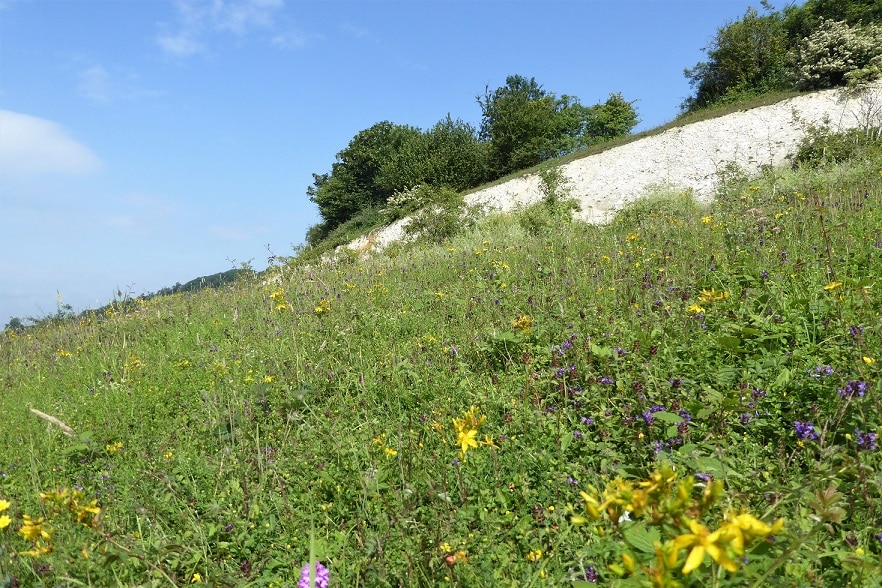
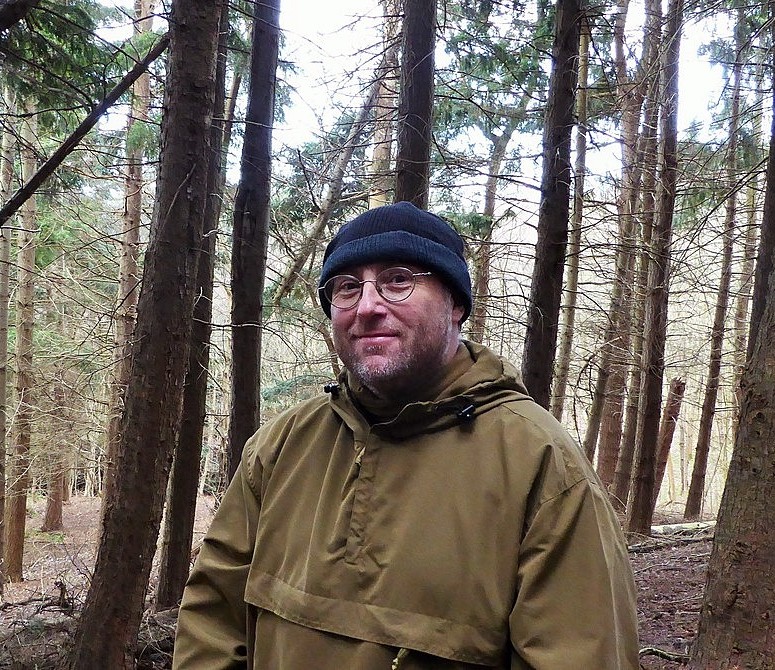
Stephen Tucker
I started my outdoor career doing Live Action Role Playing – camping out in the woods armed with a foam rubber sword.
Living in a rural location we were always surrounded by nature. During the school Summer holidays our mums would go fruit picking and we’d spend our time on the farm – making camps, exploring, scrumping, and hitching rides on a tractor with the farm hands.
Then along came Ray Mears and we started doing it properly.
Having an arts background I’ve always been interested in the way we look at the world, whether through a camera lens, or with our hearts.
My time is spent walking the chalk tracks on the North Downs, and actually being a living part of the living landscape. That connection between our own being and how we are as much a part of the environment as all we see about us is what informs my take on bushcraft.

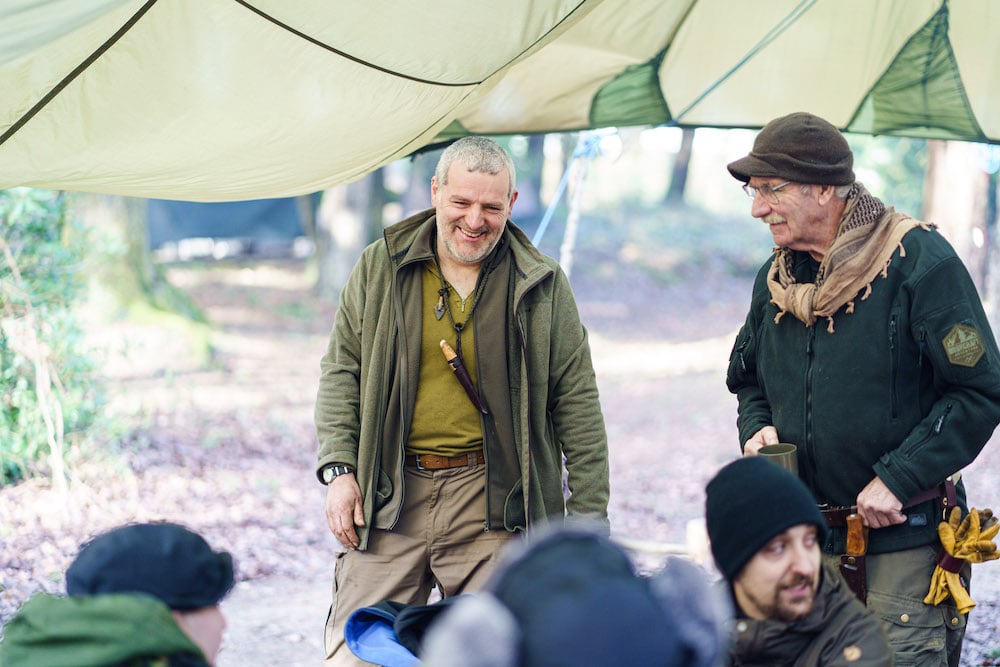
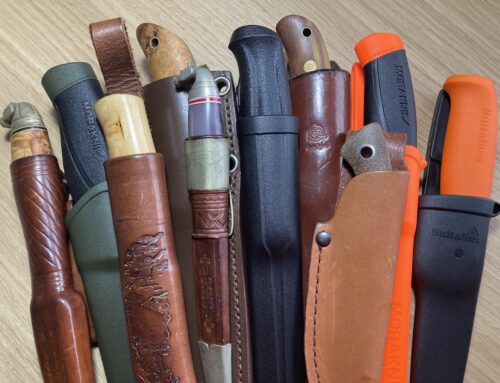
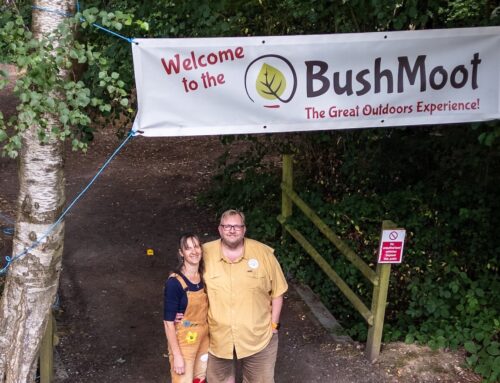
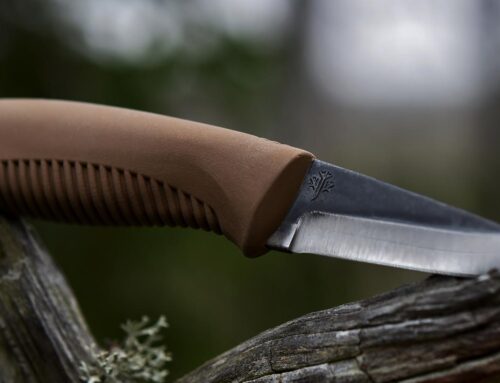

Leave A Comment
You must be logged in to post a comment.